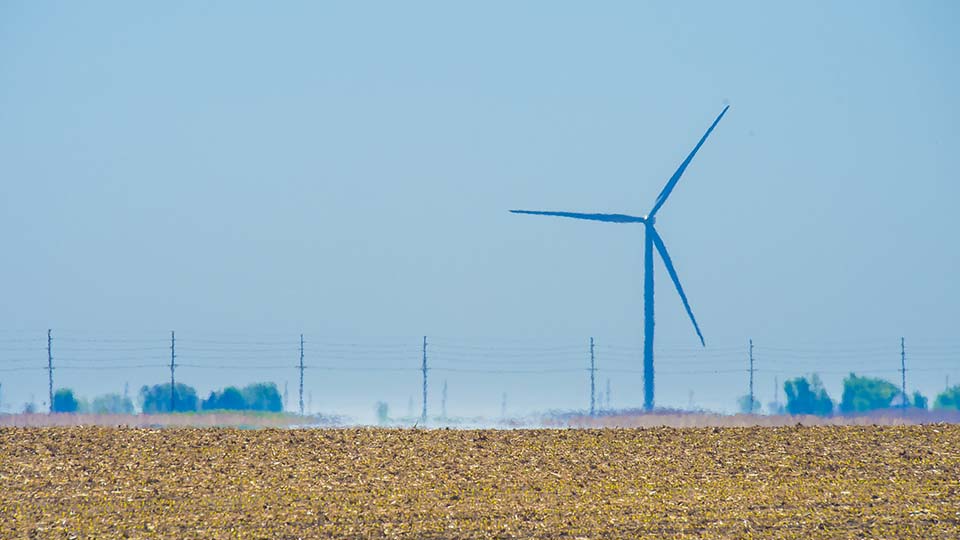Timing of Manure on Fields

Practice: Incorporate manure on fields within 48 hours
Moore, P.A., et.al. 2006. Evaluation and Management of Ammonia Emissions from Poultry Litter. Workshop on Agricultural Air Quality.
Conclusions
Ammonia volatilization from poultry litter results in high levels of ammonia in poultry houses, which negatively impacts production. Average emission rates measured in this study were 14.9 kg/house/day (32.8 lbs/house/day). Ammonia emissions can be reduced with the addition of acidic compounds to litter, such as alum. Likewise, ammonia and particulate matter can be scrubbed from air exhausted from these facilities, allowing for the reuse of N as a fertilizer. Ammonia emissions from land-applied litter decreased to zero when litter was incorporated. These data indicate that there are several BMPs that can be used to reduce ammonia loss from poultry litter.
Practice: Subsurface injection minimizes NH3 losses
B.Leytem, D. L.Bjorneberg, R. E. Sheffield, and M. E. de Haro Marti. 2009. Case Study: On-Farm Evaluation of Liquid Dairy Manure Application Methods to Reduce Ammonia Losses. The Professional Animal Scientist 25 (2009):93–98
Abstract
The volatilization of NH3 from land-applied manure is not only a loss of valuable N, but also an air quality concern because NH3 plays a role in the formation of airborne particulate matter, which can be a health hazard. The relative differences in potential NH3 losses from land application of liquid dairy manure were determined via 3 methods: surface application, Aerway incorporation (shallow incorporation with a rolling tine aerator), and subsurface injection. Liquid manure was applied at a rate of 190 m3/ha on 4 farms with average N and P application rates ranging from 28 to 130 kg N/ha and 6 to 36 kg P/ha, respectively. Average NH3 concentrations were measured with passive samplers for 3 d after manure application and ranged from 0.03 to 0.21 mg NH3-N/m3. There were main effects of sampler height, day, and application method. The greatest NH3 concentrations occurred during the first 48 h after manure application. Concentrations of NH3measured at 1 m (averaged over 48 h) indicated that surface and Aerway applications had the greatest concentrations (0.16 and 0.17 mg NH3-N/m3, respectively) whereas subsurface injection of manure resulted in a 67% decrease in NH3 concentration, which was similar to the control plots (0.06 and 0.04 mg NH3-N/m3, respectively). Subsurface injection was the best method of liquid manure application for minimizing NH3 losses.
Practice: Use low pressure, pivot drag hoses, or sub surface drip irrigation application systems on first day of manure application
Edwards, et. al. 2006. Ammonia Volatilization During and Following Dairy Slurry Application in the Field. Workshop on Agricultural Air Quality, page 977.
Abstract
Livestock manure is known to be a major source of atmospheric ammonia (NH3). In order to determine the magnitude of these emissions, daytime ammonia fluxes were measured following the application of dairy slurry in a forage field using two micrometeorological approaches. The Relaxed Eddy Accumulation technique and the Flux Gradient technique were used in conjunction with denuder tube coated with oxalic acid as a trapping medium… The rate of application of the dairy slurry was 83 kg N ha-1. The highest NH3 emissions occurred on the first day after application with maximum ranging between 11-13 µg N m-2 s-1. The ammonia volatilization was reduced by 6 - 7 fold on the second day and was in the range of 1-2 µg N m-2 s-1. By the third day, NH3 fluxes were one order of magnitude lower than the second day. Over 11 days of observation, 1.5 kg NH3-N ha-1 was volatilized during the daytime, which is less than 2% of the total slurry amount applied. Almost two third of the NH3 emissions occurred on the first day.

